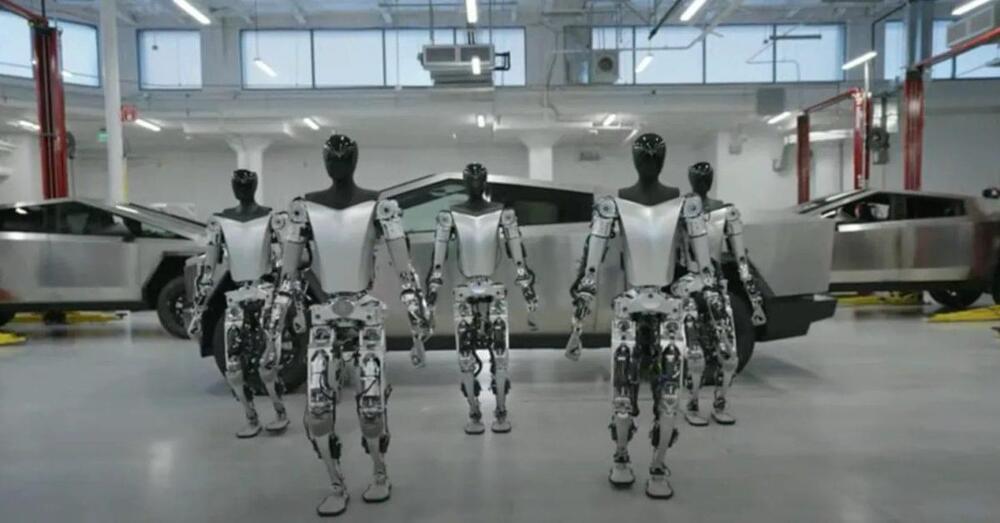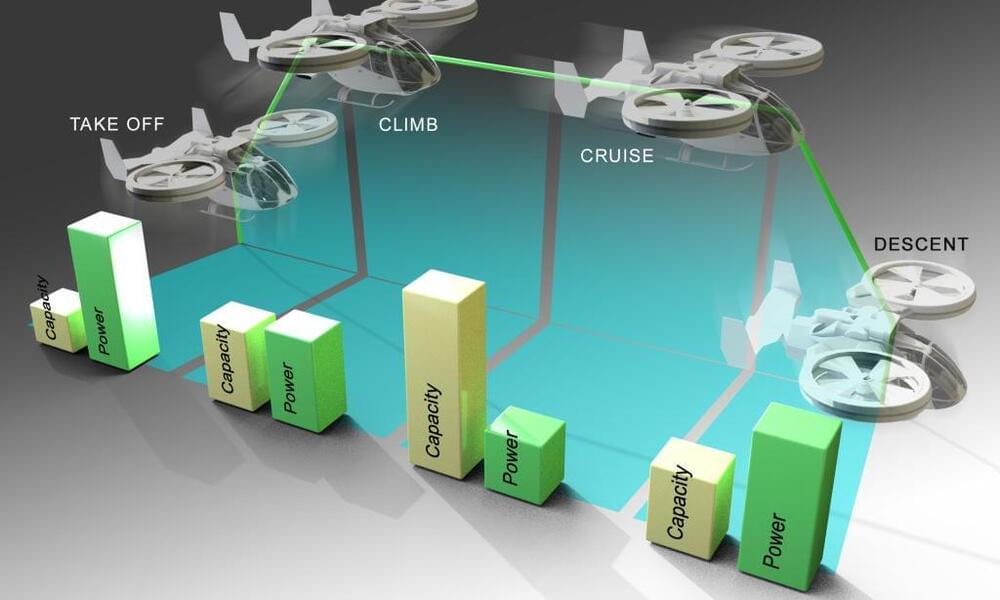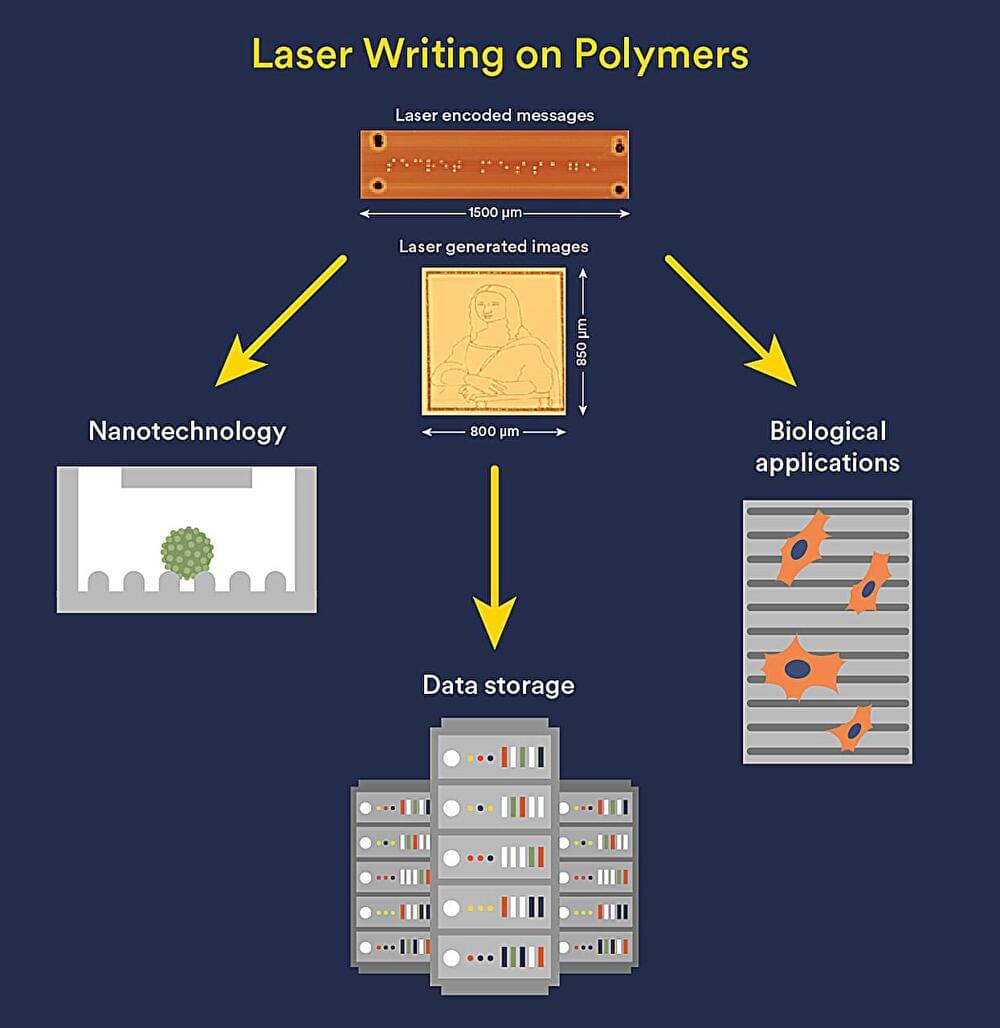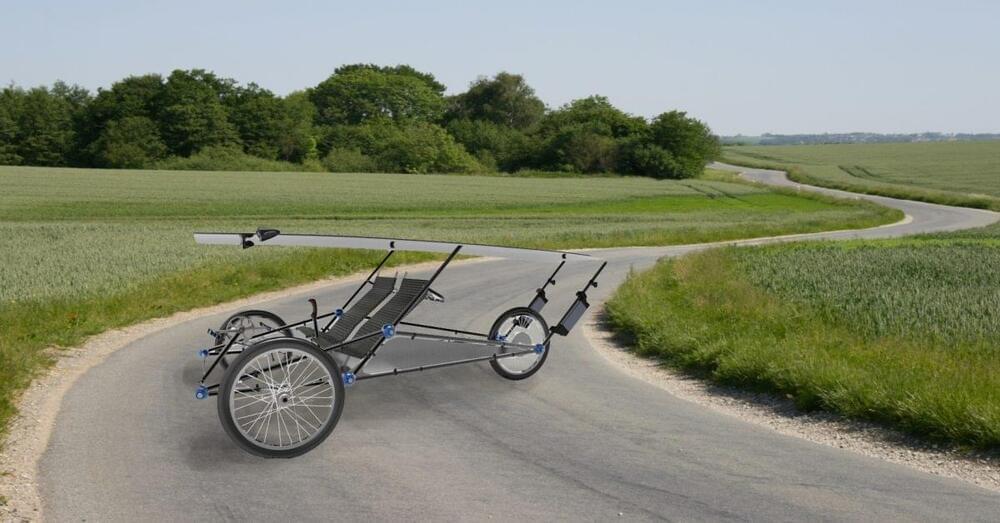Mar 28, 2024
Tesla wants to bring ‘private 5G’ to its EVs and Optimus robot
Posted by Shailesh Prasad in categories: internet, robotics/AI, sustainability
Tesla is working on “private 5G” infrastructure to be connected to its electric vehicles and Optimus robot.
The automaker was early in including internet connectivity in all its vehicles. There were many reasons for this. It enabled over-the-air software updates and connectivity features, and it also allowed Tesla to collect a lot of data.
Tesla started with 3G connectivity and later updated to 4G LTE, but now, we learn that the automaker is looking to upgrade to 5G.

















